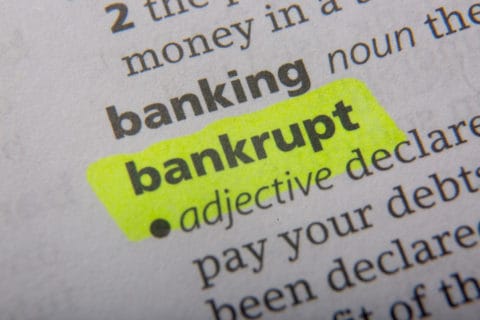Clarifying Mistaken Assumptions About Bankruptcy
When many people think of the bankruptcy process, they mistakenly assume it is for the financially irresponsible. In reality, millions of people across the country file bankruptcy petitions each year because they suffer unexpected life changes such as illness, divorce, or job loss. For people who experience one of these major changes, there may be no other financial remedy but to file a bankruptcy petition.
MYTH: Bankruptcy Discharges All Debts
Even though filing for bankruptcy can help a petitioner discharge many unsecured debts, not all debts can be forgiven. For example, alimony, child support, and student loan payments all remain following a bankruptcy petition. However, some petitioners can have student loan debts discharged if they can prove hardship, like permanent disability.
MYTH: Bankruptcy Ruins Your Credit
While a bankruptcy petitioner will find that his credit score takes a hit, he can quickly begin to rebuild credit. Within about one month of debt discharge, a petitioner will likely start to receive offers for secured credit cards (low limit cards requiring a bank deposit). Staying current on secured card payments can help a petitioner begin to rebuild credit. After using a secured card for six to 12 months, a petitioner can often switch to a regular credit card.
MYTH: Bankruptcy Is an Easy Solution
Neither Chapter 7 nor Chapter 13 bankruptcy is an easy solution to financial problems. In a Chapter 7 bankruptcy, a petitioner may have to forfeit secured property like his house or car. In a Chapter 13 petition, a petitioner can keep his property, but still needs to make debt payments. Nevertheless, bankruptcy is sometimes still the best solution for a person who is unable to pay his remaining debts and is in need of a fresh financial start.

